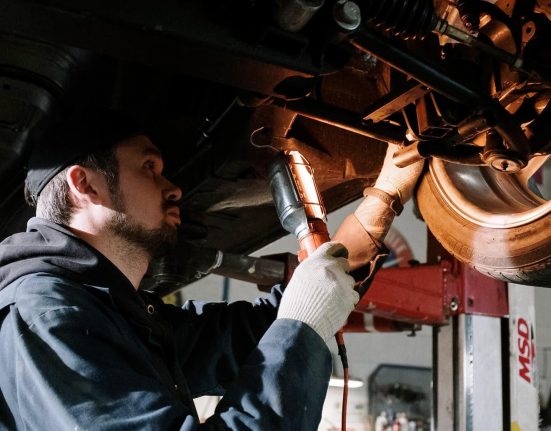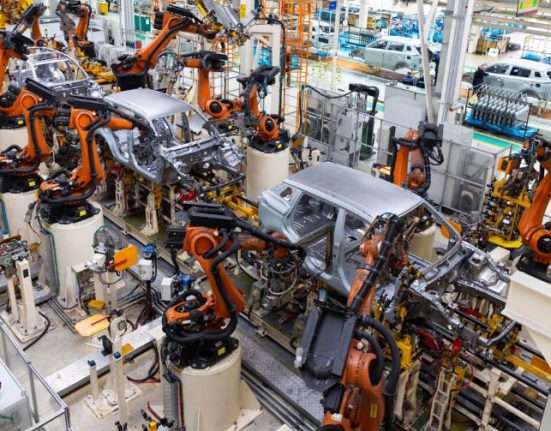The semi-automatic box making machine is an essential piece of equipment in industries such as packaging, printing, and manufacturing. However, operators may encounter several challenges during its operation. These issues can cause delays in production, reduce machine efficiency, or even lead to machine breakdowns. It is critical to understand the common problems and have effective solutions in place to ensure smooth operation and minimize downtime. In this article, we will delve into some of the most frequent issues faced when operating semi-automatic box making machines and provide practical solutions to address them.
1. Inconsistent Box Quality
One of the most common issues encountered during the operation of a semi-automatic box making machine is the inconsistent quality of the boxes produced. This problem can manifest in the form of misaligned folds, uneven cuts, or defective edges, which compromise the integrity and appearance of the boxes.
Possible Causes:
– Improper Machine Calibration: If the machine is not calibrated correctly, it can lead to inaccurate cutting and folding.
– Material Issues: Poor quality or incompatible materials can affect the final product’s consistency.
– Operator Error: Inexperienced or incorrect operation can lead to variations in the production process.
Solutions:
– Regularly calibrate the machine to ensure precise cuts and folds.
– Ensure the materials used are compatible with the machine’s specifications and of high quality.
– Provide proper training for operators to minimize human error.
2. Frequent Machine Jams
Machine jams are another prevalent issue in the operation of semi-automatic box making machines. Jams can significantly hinder production efficiency and require time-consuming troubleshooting.
Possible Causes:
– Clogged Feed Mechanism: Dust, debris, or improperly loaded materials can cause jams in the feed mechanism.
– Worn-out Components: Over time, certain parts of the machine, such as belts and gears, can wear out and cause stoppages.
– Improper Material Handling: Incorrect material handling, such as overloading or improper alignment, can lead to jams.
Solutions:
– Clean the feed mechanism regularly and remove any dust or debris.
– Perform routine maintenance to inspect and replace worn-out components.
– Train operators on proper material loading and alignment procedures to prevent jams.
3. Unstable Cutting and Folding
Unstable cutting and folding can cause poor box quality, as mentioned earlier, but it is a separate problem that deserves its own attention. When the cutting and folding are not stable, the final product can be inconsistent in size and shape.
Possible Causes:
– Incorrect Blade Settings: Blades that are not set at the correct angles or pressures may not cut through the material cleanly.
– Inadequate Folding Mechanism: A malfunctioning or poorly adjusted folding mechanism can lead to inconsistent folds.
– Material Thickness Variability: Variations in material thickness can cause uneven cuts and folds.
Solutions:
– Adjust blade settings regularly to ensure they are sharp and properly aligned.
– Periodically inspect and calibrate the folding mechanism to ensure smooth operation.
– Use materials with consistent thickness to ensure stable cutting and folding.
4. Slow Production Speed
Slow production speed is another issue that can impact the efficiency of a semi-automatic box making machine. This can be particularly frustrating when operators are under pressure to meet production deadlines.
Possible Causes:
– Underperforming Machine Components: Aging or poorly maintained components, such as motors or gears, can cause the machine to run at slower speeds.
– Improper Machine Settings: Incorrect settings for speed or pressure may result in a slower operation.
– Material Resistance: Some materials, especially thicker ones, may cause resistance, leading to slower cutting and folding.
Solutions:
– Perform routine maintenance to ensure machine components are functioning optimally.
– Check and adjust machine settings to ensure the correct speed and pressure are applied.
– Use materials that are suitable for the machine’s capabilities to prevent unnecessary resistance.
5. Machine Overheating
Overheating is a common issue that can occur in any machinery, including semi-automatic box making machines. Overheating can lead to machine malfunctions and potential damage if not addressed promptly.
Possible Causes:
– Excessive Use: Running the machine for extended periods without breaks can lead to overheating.
– Insufficient Cooling: Inadequate ventilation or cooling systems can cause the machine to overheat.
– Poor Maintenance: Lack of proper maintenance, such as cleaning air vents or checking cooling systems, can contribute to overheating.
Solutions:
– Ensure the machine is operated within its recommended duty cycle and allow for breaks to cool down.
– Regularly clean and maintain the cooling system to ensure proper airflow.
– Conduct routine maintenance checks to ensure all parts are functioning efficiently.
6. Electrical Issues
Electrical problems are another common issue in semi-automatic box making machines. These can range from power supply interruptions to faulty wiring, all of which can disrupt the production process.
Possible Causes:
– Power Supply Fluctuations: Unstable voltage can cause electrical components to malfunction.
– Faulty Wiring or Connections: Loose or damaged electrical connections can result in short circuits or failures.
– Overloaded Circuits: Overloading the machine with excessive power demand can cause electrical issues.
Solutions:
– Install surge protectors and voltage stabilizers to protect the machine from power fluctuations.
– Regularly inspect and replace damaged or worn wiring to prevent electrical failures.
– Ensure the machine is not overloaded and that it is connected to a stable power source.
7. Safety Hazards
Safety is always a top priority when operating any machinery, and semi-automatic box making machines are no exception. There are several potential safety hazards that operators should be aware of.
Possible Causes:
– Lack of Safety Guards: If the machine lacks proper safety guards, operators may be at risk of injury.
– Poor Operator Training: Inadequate training on machine safety can lead to accidents.
– Failure to Follow Safety Protocols: Ignoring safety protocols, such as wearing protective gear or turning off the machine during maintenance, can increase the risk of injury.
Solutions:
– Ensure the machine is equipped with appropriate safety guards to protect operators.
– Provide comprehensive training on machine safety and emergency procedures.
– Enforce the use of personal protective equipment (PPE) and adhere to all safety protocols.
Conclusion
Operating a semi-automatic box making machine comes with its set of challenges, but understanding the common issues and their solutions can significantly improve production efficiency. Regular maintenance, proper machine settings, and training for operators are key factors in minimizing downtime and ensuring the consistent production of high-quality boxes. By addressing these common problems, operators can optimize the machine’s performance, enhance productivity, and reduce the risk of costly repairs or replacements.















